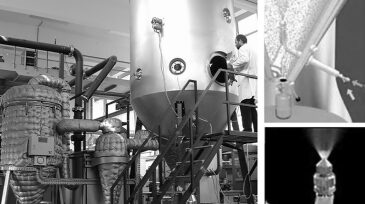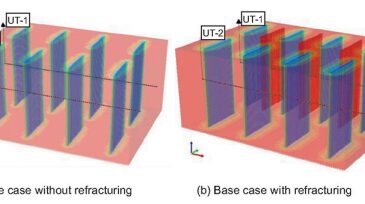CO2
-
In chemical-looping combustion (CLC), oxygen is transferred from an air reactor to a fuel reactor by means of a solid oxygen carrier.
-
Carbon dioxide (CO2) with 30% foam quality (FQ) has been introduced for the first time during acid fracturing treatments in a tight, sour, high-pressure/high-temperature carbonate gas reservoir in Saudi Arabia.
-
The deployment of appropriate CO2-separation technologies for natural gas processing is viewed as an abatement measure toward global CO2-emissions reduction. Selection of the optimum technology requires special attentiion.
-
Approximately 5% of world annual gas production is being flared or vented. This is equivalent to approximately 110–140 billion m3 (Bcm) of gas, and equates to the combined gas consumption of Central and South America in 2013.
-
Are fugitive releases of natural gas and flaring environmental concerns? Can these be ameliorated today and even better in the future? Yes and yes.
-
Without serious climate policy restrictions, the use of cheaper oil will likely grow and extend its life expectancy throughout the global energy system.
-
The technology described by the authors provides the simplicity of a single-step distillation process for the separation of CO2 from natural gas. The technology has shown the potential to separate CO2 and other impurities from natural gas more efficiently and more cost-effectively.
-
The authors discuss the results of a pilot project to capture post-combustion CO2 for purposes of EOR.
-
This work demonstrates that molecular diffusion may be a viable oil-recovery mechanism in fractured reservoirs during injection of carbon dioxide (CO2) for enhanced oil recovery (EOR).
-
In this paper, two different EGR methods are investigated and systematically compared in terms of efficiency.










